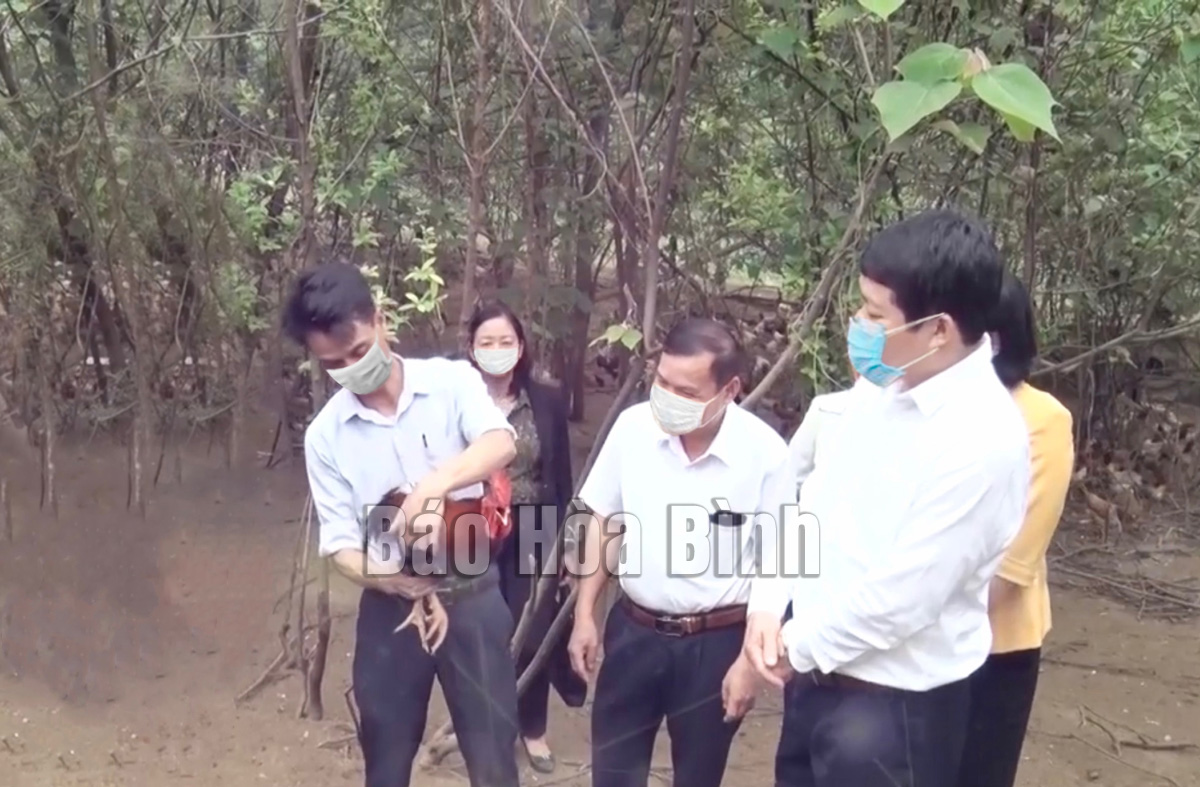



Hai Dang Cooperative uses the plant-based food such as rice, corn, duckweed, therefore, the chicken products are always of high quality and highly appreciated by consumers.
Lac Thuy chicken (also known as the curry chicken of purple plum) is a native chicken breed of Vietnam. It is of good endurance with quick growth and delicious meat, especially it has good tolerance to the cold weather. The chicken breed has been successfully restored and preserved by the National Institute of Livestock Production. In order the chicken cab be of the best quality chicken when reaching consumers, Hai Dang Cooperative uses plant-based food such as rice, corn, duckweed grown or purchased locally by the cooperative members. The raising places are planned and built to meet the standards in terms of the scale, the areas of green trees and the livestock density. The whole places have been applied a good waste treatment system so as that the environment is not affected. The disinfectants are lime powder or chemicals used according to the manufacturer's instructions. After the raising places are well preapsred, the chickens are put in there. The stocking density from week 1 to week 3 is 20-18 chicken per square meter each cage, and from week 4 to week 6 is 16-14 chicken per square meter each cage, from week 7 to week 9 is chicken per square meter each cage. The chicken from 1 to 6 weeks old are kept completely in the cages, from 7 to 8 weeks old they can be released into the garden with the stocking density of 0.5 m2 a head. The raising places are designed to be flat with trees or shade trees. The chicken are only release chickens when the weather is dry and warm. In case of unfavorable weather (after the rain, the cold and wet weather for a long time), they are kept completely in cages with a density of 10 chickens/m2.
After a breeding cycle and fully vaccinated, the chickens can weigh from 1.5 to 2kg before they can be released into the market. The chickens selected for release are quarantined at the veterinary control gate, then they are slaughtered according to the modern procedures, they are mixed, vacuum packed and stored in a cold environment, ensuring the hygiene and the safety food. Mr. Vu Tien Sy, the member of Hai Dang Cooperative says: In order for consumers to be completely assured of the product quality, the cooperative has implemented a closed process from breeding, preliminary processing to preserving and distributing. Thanks to not using the industrial feeding, not using the banned substances as well as the growth stimulants, the chicken product has always been got the positive feedback. The meat is firm with the moderate toughness, and it can be processed into many dishes. When boiled, there is clear water with the chicken with a characteristic aroma, the meat is soft and sweet, not friable; The roasted chicken does not produce much water, and the meat is not dry.
The quality has been confirmed, the amount of Hai Dang fresh chicken is increasingly consumed. The products are not only consumed in the market in the district and in the province, but they are also consumed in the system of a number of clean food stores, the supermarkets in Hanoi, Nam Dinh, Ninh Binh... From the livestock scale of only a few hundred heads with over 60 members, Hai Dang Cooperative has grown up to 87 member households, raising the livestock scale of 5,000 heads so far. In 2021, Hai Dang fresh whole chicken product is one of the three products selected to participate in the provincial OCOP program, and it is rated the 3-star standard.